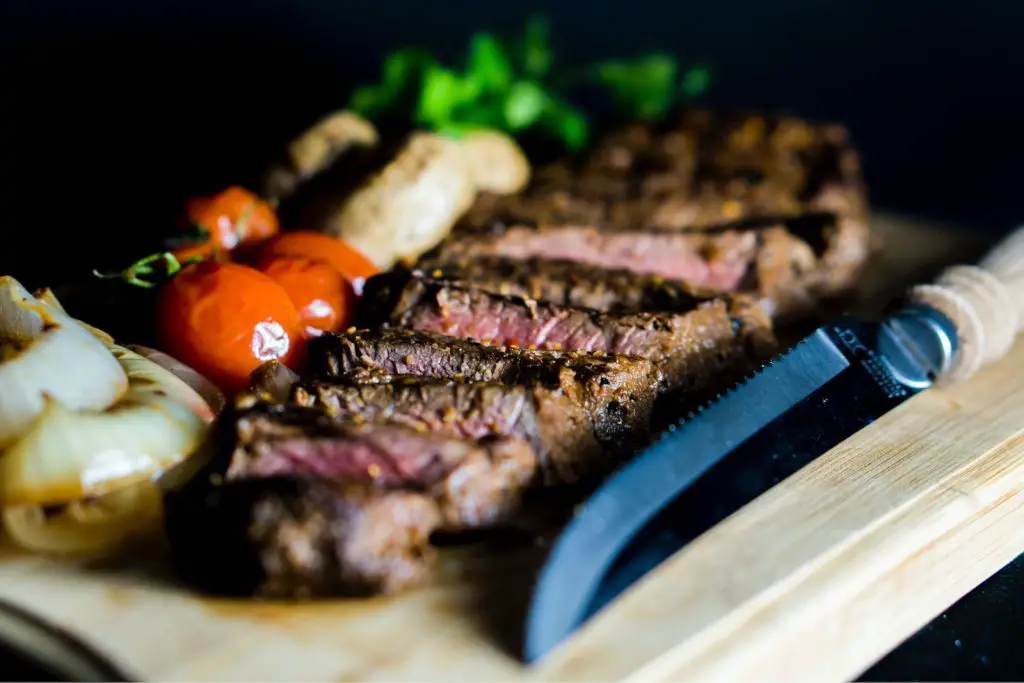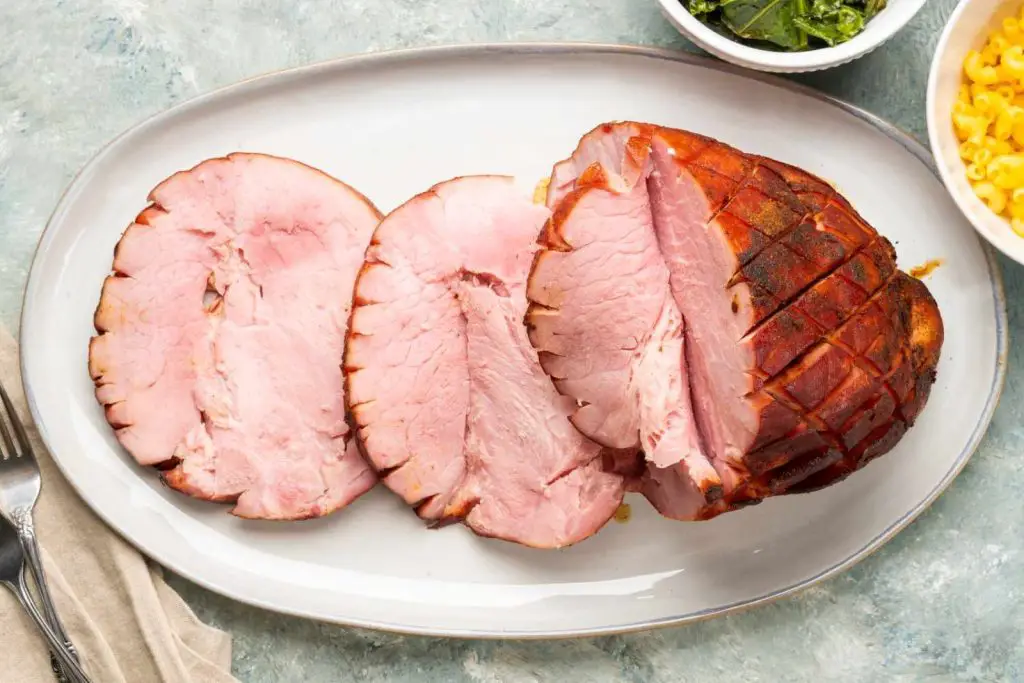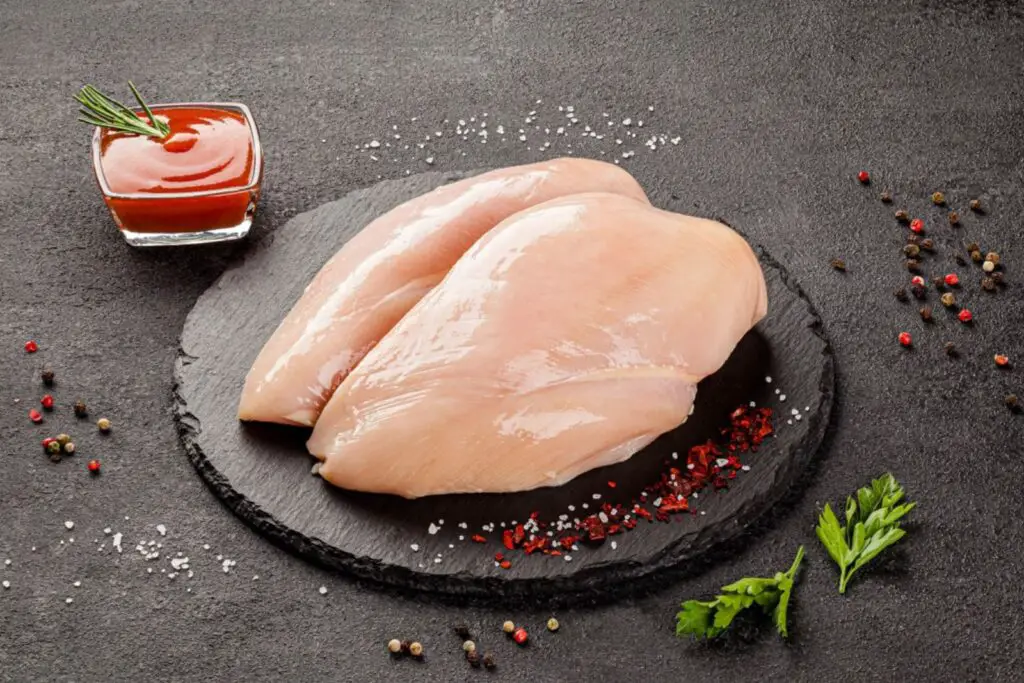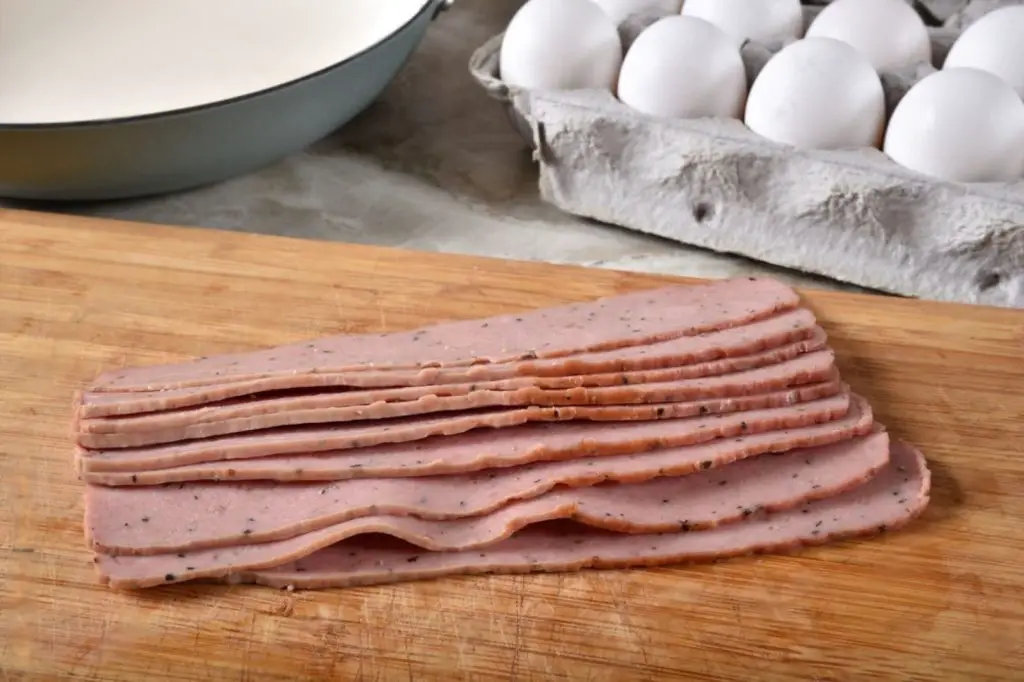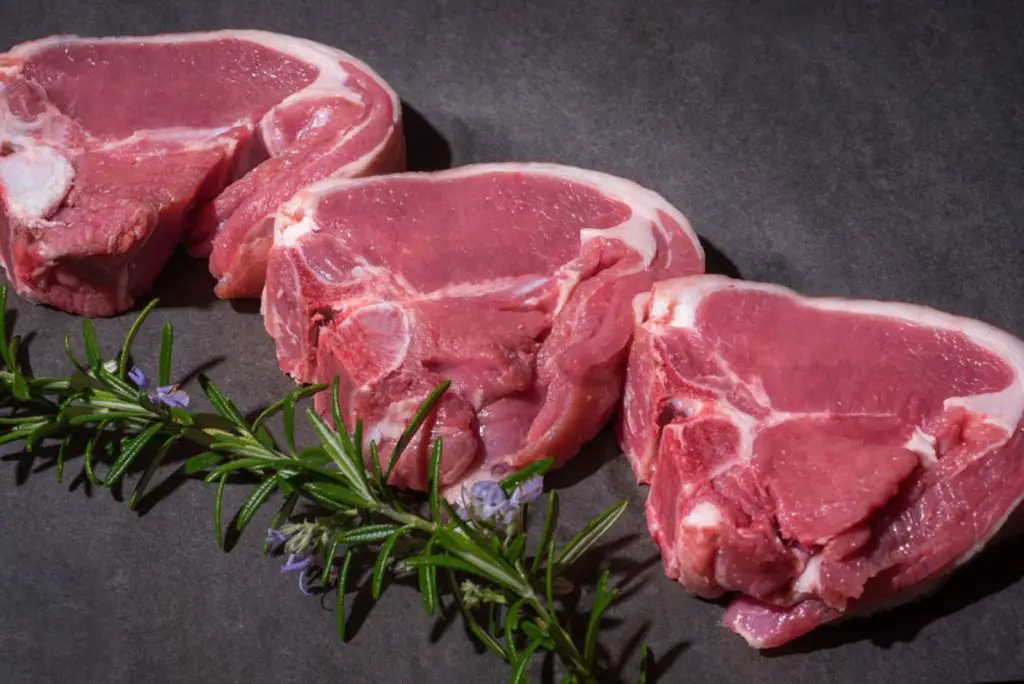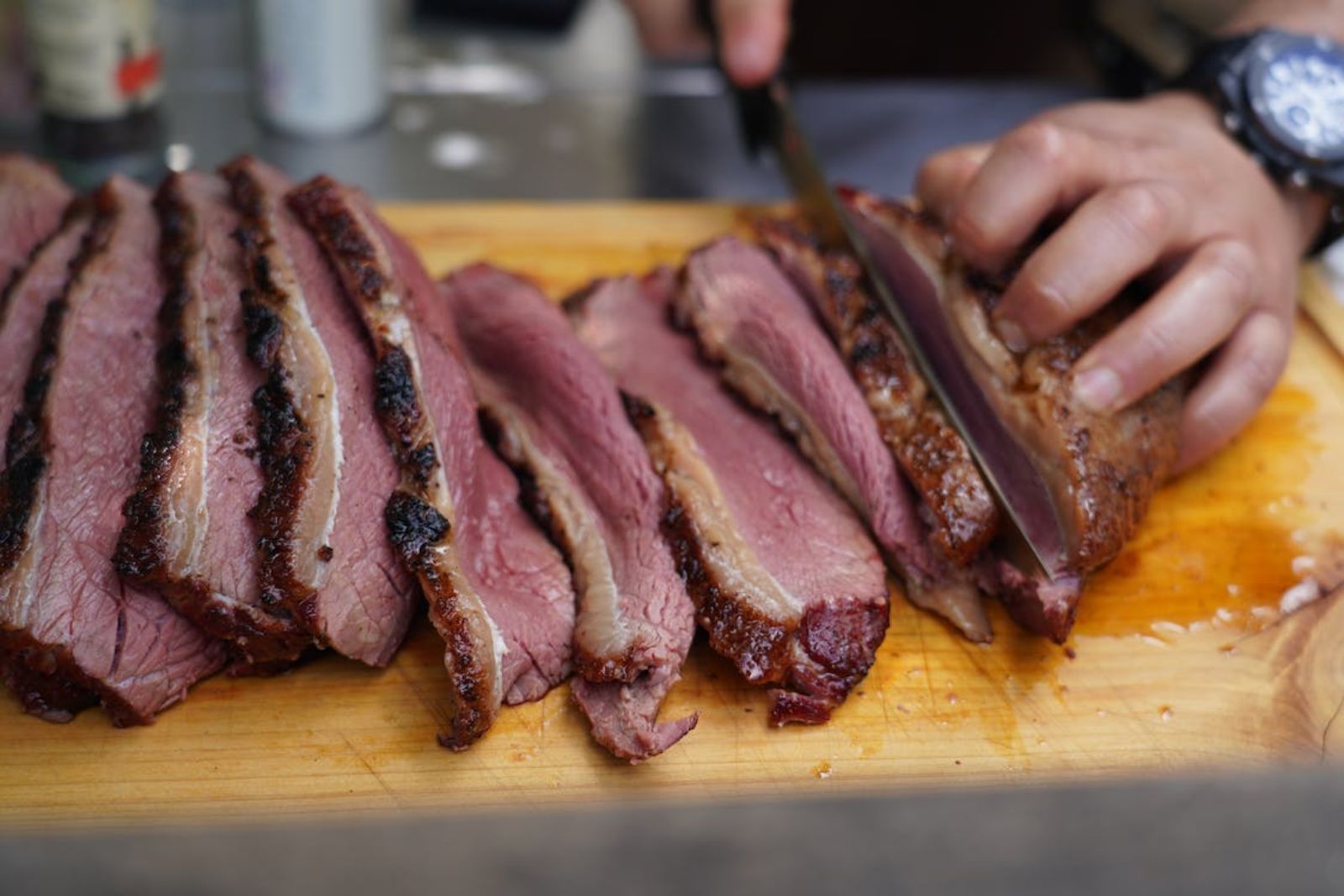
Brisket is a cut of beef that comes from the lower chest or breast area of a cow. It is a tough and flavorful cut that is well-suited for slow cooking methods such as smoking, braising, or roasting. Brisket is popular in various cuisines, particularly in American barbecue, where it is often smoked for many hours until it becomes tender and develops a rich, smoky flavor. Freezing brisket is a convenient way to preserve this flavorful meat and have it readily available for future meals. Whether you have cooked a large brisket or have some leftovers from a previous meal, freezing it properly will help maintain its taste and texture. By following a few simple steps, you can ensure that your brisket stays fresh and delicious in the freezer.
Here are the steps to freeze brisket:
Step 1: Allow the brisket to cool down
Allowing the brisket to cool down before freezing is an important step in the process. When hot or warm food is placed directly in the freezer, it can create condensation within the packaging. This condensation can lead to the formation of ice crystals on the surface of the brisket, causing freezer burn and negatively impacting the texture and flavor of the meat.
By allowing the brisket to cool down to room temperature, you give it time to release excess heat and moisture. This helps to minimize the amount of condensation that forms when it is placed in the freezer. Cooling the brisket on a cutting board or a cooling rack allows air to circulate around the meat, facilitating the cooling process.
The recommended cooling time for brisket is approximately 1 to 2 hours. However, the actual cooling time may vary depending on the size and thickness of the brisket. It’s important to ensure that the brisket is completely cooled down before proceeding to the next steps of the freezing process.
Step 2: Slice the brisket, if desired
This step provides convenience and flexibility when you eventually thaw and use the brisket. Slicing the brisket into individual portions is particularly useful if you plan to use it for sandwiches, tacos, or other recipes that require smaller servings. It allows you to have pre-portioned brisket ready to use, saving you time and effort in the future.
By slicing the brisket before freezing, you can also control the portion sizes based on your preferences or anticipated servings. This can be helpful if you have different meal plans or if you want to have the option to defrost a smaller amount of brisket at a time.
However, it’s important to note that slicing the brisket is optional. If you prefer to freeze the whole brisket, you can skip this step altogether. Freezing the whole brisket can be advantageous if you plan to use it for recipes that require the meat to be cooked or prepared as a whole, such as slow-cooking it for barbecue or roasting it for a special occasion.
Ultimately, whether to slice the brisket or freeze it as a whole depends on your intended use and personal preference. Consider your future meal plans and how you envision using the brisket to decide whether slicing it into portions is the right choice for you.
Step 3: Wrap the brisket tightly in plastic wrap
The focus is on preserving the quality of the brisket by protecting it from freezer burn and preventing air exposure. Freezer burn occurs when moisture in the meat evaporates and forms ice crystals on its surface, leading to a dry and discolored texture. Wrapping the brisket tightly in plastic wrap creates a barrier that helps retain moisture and prevent the formation of ice crystals.
To begin, place the brisket in the center of a large piece of plastic wrap. The size of the plastic wrap should be sufficient to completely enclose the brisket. Folding the edges of the plastic wrap over the brisket ensures that it is fully covered and sealed. Press down firmly to remove any trapped air pockets, as air contact can contribute to freezer burn.
It’s important to wrap the brisket tightly to minimize the amount of air that comes into contact with the meat. The more airtight the wrapping, the better the brisket will be protected during freezing. Make sure the plastic wrap is snugly wrapped around the brisket, leaving no gaps or exposed areas.
Step 4: Double-wrap the brisket with aluminum foil
The focus is on adding an extra layer of protection to the brisket by double-wrapping it with aluminum foil. This additional barrier helps further prevent freezer burn, maintain moisture, and preserve the flavor of the brisket during freezing.
Once you have tightly wrapped the brisket in plastic wrap, the next step is to wrap it again with aluminum foil. The aluminum foil acts as a second shield against air and moisture, enhancing the preservation of the brisket’s quality.
Start by placing the plastic-wrapped brisket in the center of a large piece of aluminum foil. Wrap the foil tightly around the brisket, ensuring that all sides are covered and sealed. Pay attention to any openings or gaps and make sure they are sealed properly to prevent air exposure.
Double-wrapping the brisket with aluminum foil provides an added layer of insulation. It helps to minimize the risk of freezer burn, which can negatively affect the texture and flavor of the meat. Additionally, the foil helps to retain the natural juices and moisture of the brisket, keeping it tender and delicious when it’s eventually thawed and cooked.
Step 5: Label and date the package
The importance of labeling and dating the package containing the brisket is emphasized. This simple yet crucial step allows you to easily identify the brisket in the freezer and keep track of its storage time, ensuring that you use the oldest brisket first and minimize waste.
Grab a marker or a label and write the word “brisket” on the outside of the aluminum foil. This label will help you quickly identify the package among other items in the freezer, especially if you have multiple packages or different types of meat stored.
In addition to labeling the contents, it’s equally important to note the date of freezing. Write down the date when the brisket was placed in the freezer. This information enables you to keep track of how long the brisket has been frozen. As time passes, it’s essential to consume the oldest brisket first to maintain its optimal quality.
Taking a few moments to label and date the package may seem like a small task, but it can make a significant difference in maintaining food safety and minimizing food waste.
Step 6: Store the wrapped brisket in the freezer
This step ensures that the brisket freezes evenly, maintains its shape, and remains in optimal condition for long-term freezing.
Find a flat surface or a dedicated shelf in your freezer where you can place the wrapped brisket. It’s important to choose a spot where the brisket can lay flat without any other items pressing against it. This allows for even freezing and helps the brisket retain its shape during the freezing process.
If you’re freezing multiple briskets or have other items in the freezer, it’s crucial to leave some space between them. Sufficient air circulation is necessary to ensure that the briskets freeze properly. If the briskets are too close together, it may impede the freezing process and result in uneven freezing or potential temperature fluctuations.
After placing the brisket(s) in the designated spot, make sure to close the freezer door securely. This helps maintain a consistent and optimal freezing temperature. A tightly closed freezer door also prevents the entry of warm air, which can cause temperature fluctuations and affect the quality of the frozen brisket.
How long can brisket last in the freezer?
Brisket can last in the freezer for up to 3 to 4 months without significant loss in quality. When properly wrapped and stored at 0°F (-18°C) or below, brisket can maintain its flavor, texture, and overall quality for an extended period. However, it’s recommended to consume frozen brisket within the first 3 months for the best taste and texture.
Other related questions
How do I defrost brisket?
To defrost brisket, there are three recommended methods: refrigerator thawing, cold water thawing, and microwave thawing. For refrigerator thawing, place the wrapped brisket on a tray and let it thaw in the refrigerator for approximately 24 hours per 5 pounds (2.3 kg) of meat. For cold water thawing, submerge the sealed brisket in its packaging in cold water, changing the water every 30 minutes. For microwave thawing, follow the microwave’s instructions and use the defrost setting, making sure to rotate and monitor the brisket to avoid cooking any part of it.
What is the best way to thaw frozen brisket?
The best way to thaw frozen brisket is by using the refrigerator method. Place the packaged brisket on a tray or plate and allow it to thaw slowly in the refrigerator. This method ensures a controlled thawing process, minimizing the risk of bacterial growth and maintaining the brisket’s texture and flavor. Avoid thawing at room temperature or using hot water, as these methods can lead to uneven thawing and compromise the quality of the brisket.
How do you reheat frozen brisket?
To reheat frozen brisket, there are a few recommended methods. One option is to thaw the brisket in the refrigerator overnight, then reheat it in an oven set to a low temperature (around 250°F or 120°C) until it reaches the desired warmth. Another method is to reheat the frozen brisket directly from the freezer by placing it in a covered baking dish and cooking it in a low-temperature oven until heated through. Alternatively, you can use a microwave, but be sure to use the defrost or low-power setting to thaw it gently and then heat it in shorter intervals to avoid overcooking.
Can I refreeze brisket?
It is generally safe to refreeze brisket if it has been thawed properly in the refrigerator. However, the quality of the brisket may be compromised as the texture and flavor can deteriorate with each freeze-thaw cycle. It is advisable to consume the brisket after the initial thaw, but if you choose to refreeze it, ensure it is done promptly to minimize any potential risks.
How do I know if the brisket has gone bad after being frozen?
To determine if a frozen brisket has gone bad, look for signs such as a sour or off odor, excessive freezer burn, or a change in texture, such as sliminess or significant dryness. If the brisket exhibits any of these characteristics, it is likely spoiled and should not be consumed. It is always important to trust your senses and err on the side of caution when evaluating the quality and safety of frozen brisket.
Can I freeze brisket in a sauce or gravy?
Yes, it is possible to freeze brisket in a sauce or gravy. Freezing the brisket along with the sauce or gravy can help maintain its moisture and enhance the overall flavor when thawed and reheated. Ensure that the sauce or gravy is fully cooled before freezing, and use airtight containers or freezer bags to prevent leaks and maintain the quality of the brisket and accompanying sauce or gravy.
Are there any specific storage recommendations to prevent freezer burn when freezing brisket?
To prevent freezer burn when freezing brisket, it is important to follow specific storage recommendations. First, ensure the brisket is properly wrapped in airtight packaging such as plastic wrap and aluminum foil to minimize exposure to air. Additionally, consider using freezer bags or vacuum-sealing equipment to further protect the brisket from air and potential moisture loss. Lastly, store the brisket in a designated freezer section with a consistent temperature to maintain its quality and prevent freezer burn.


